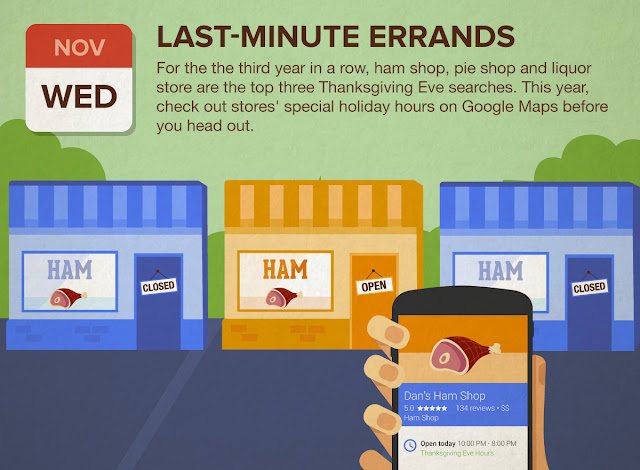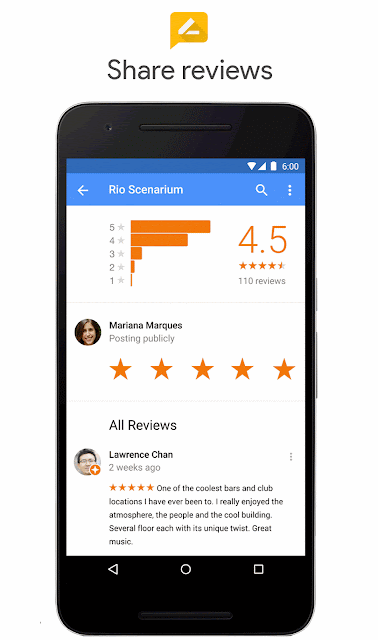Whether you’re looking for restaurants open on Christmas Eve, trying to avoid crowds at the gym for a year-end workout, or wondering if you’ll make it before the store closes to grab that last minute gift–Google Maps has you covered.
This year we launched a few updates to the Google Maps app on both Android and iOS that give you up-to-date information about millions of businesses, saving you time both on your holiday to-do list and in your everyday tasks.
Here are some of our favorites:
- Holiday hours. Not only does Google Maps provide up-to-date open hours for businesses, but it also now shows special holiday hours. When you search for a place and a major holiday is within the next seven days, Google Maps tells you whether it has a special schedule.
- Popular times. Avoid long lines at the store by checking out how busy it is before you leave. For many businesses–from restaurants to shops to museums–you can scroll down on the business information page to find the days a place is most popular, and the busiest times on those days.
- “Closing soon” alerts. Google Maps can help save you a wasted trip. When you search for and navigate to a place, Google Maps will show an alert if your destination is closed, or will be by the time you arrive.
Make the most of your time with Maps Minutes hacks. Next up: finding your way through the crowds with Street View by just dropping a pin.
Posted by Olga Suvorova, Product Marketing Manager, Google Maps






